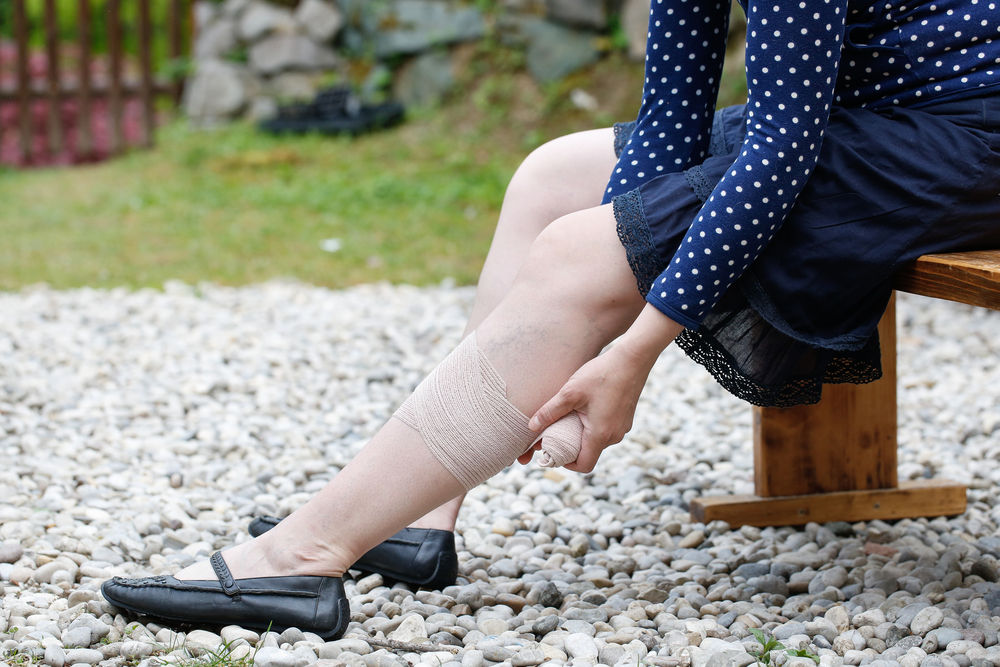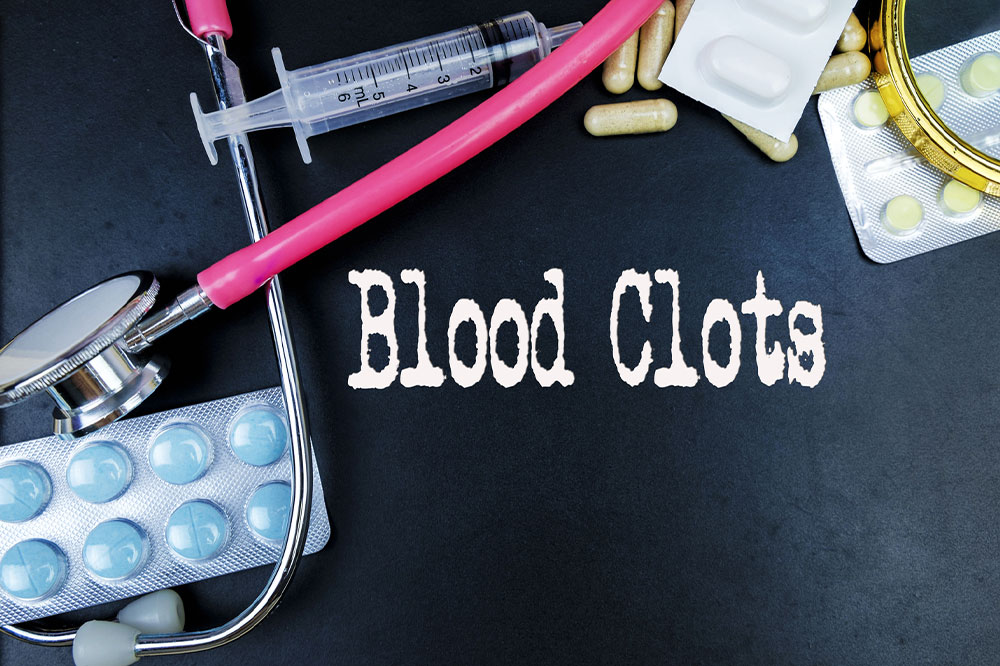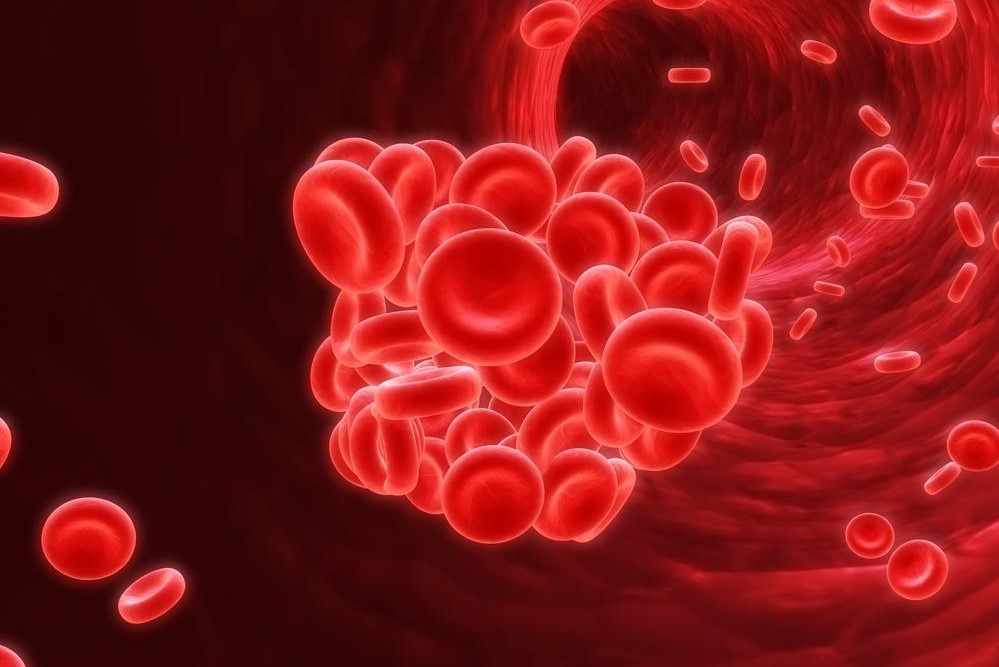Identifying Blood Clot Symptoms Across Various Body Areas
Blood clots pose serious health risks depending on their location. Recognizing symptoms such as limb swelling, stroke signs, chest pain, and breathing difficulties can save lives. Early diagnosis and prevention strategies are vital for those at risk of internal or external clots. This guide details common signs across different body regions to promote awareness and prompt medical attention.
Sponsored

Signs of Blood Clots in Different Regions of the Body
A blood clot is a mass of coagulated blood that alters normal blood flow by turning it into a thick, gel-like substance. These clots can develop both externally and internally. Internal blood clots tend to be more dangerous than external ones. Visible signs of external blood clots include red patches on the skin, especially after injuries. Internal blood clots may not be obvious but pose serious health risks. Recognizing symptoms depending on where the clot occurs is crucial for timely medical intervention.
Symptoms vary based on the location of the clot. Here are key signs to watch for in different body parts:
Limbs: Swelling, pain, warmth, and tenderness often indicate a clot in arms or legs, common injury-prone areas.
Brain: Blood clots in the brain may cause strokes, leading to symptoms like sudden vision changes, seizures, speech difficulties, weakness, and sensory disturbances. Diagnosis requires medical assessment.
In the heart, blood clots can cause severe events like heart attacks, with symptoms including chest pain, shortness of breath, sweating, nausea, dizziness, and fainting. Abdominal clots, detected via imaging like CT scans, may cause intense abdominal pain, vomiting, diarrhea, and visible blood in stool or vomit. Pulmonary embolism, often originating from leg clots traveling to the lungs, presents with chest pain, coughing blood, difficulty breathing, rapid heartbeat, fever, and dizziness. Awareness of these symptoms and risk factors can help prevent serious complications.






